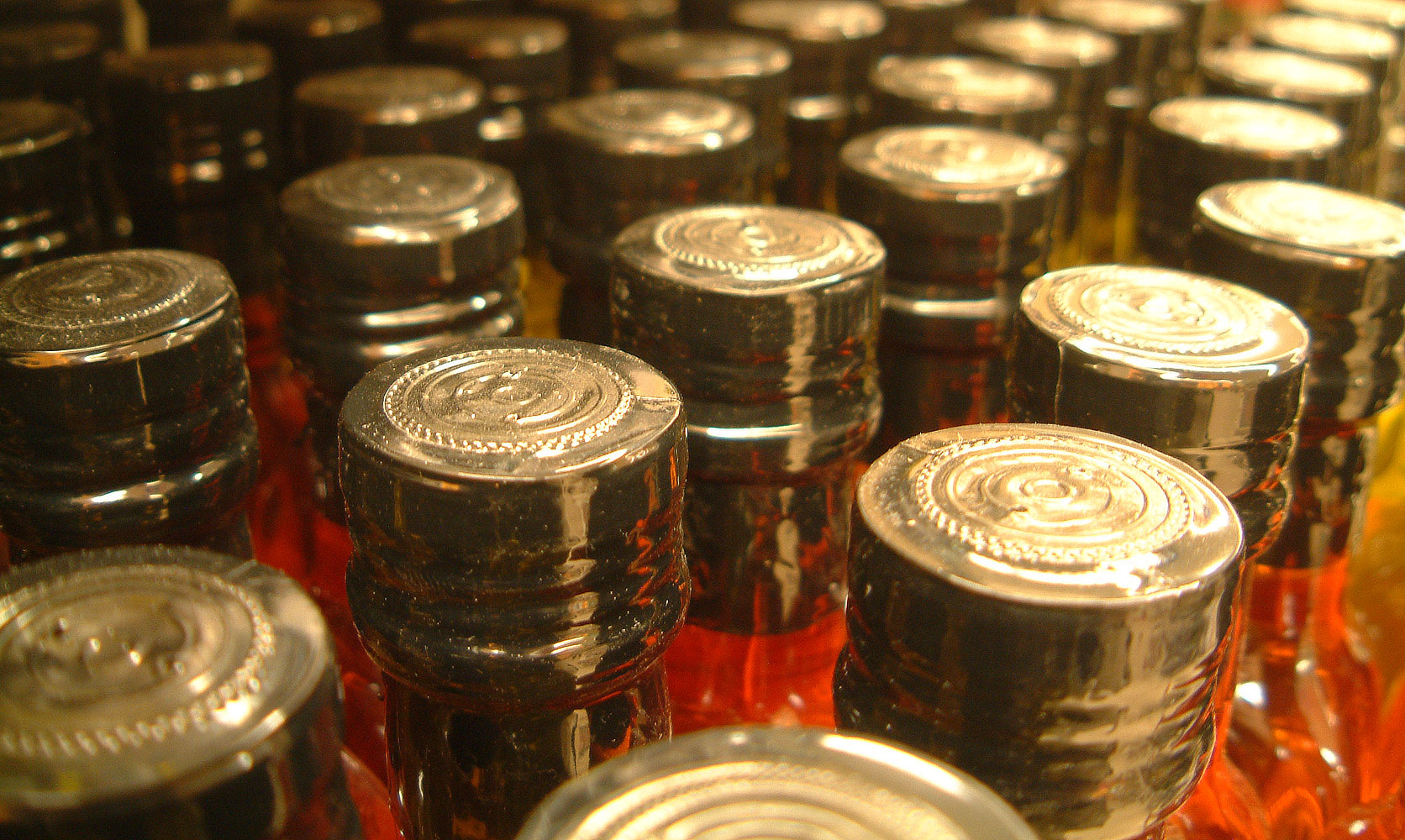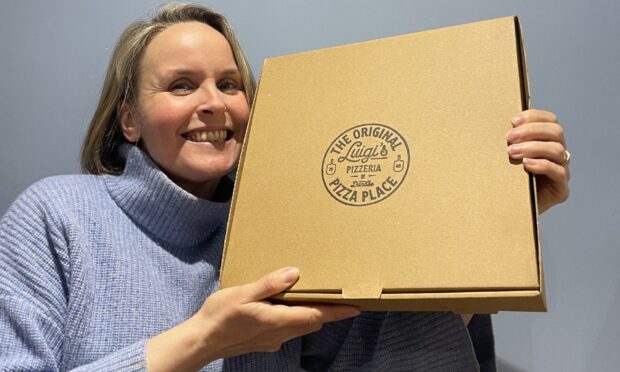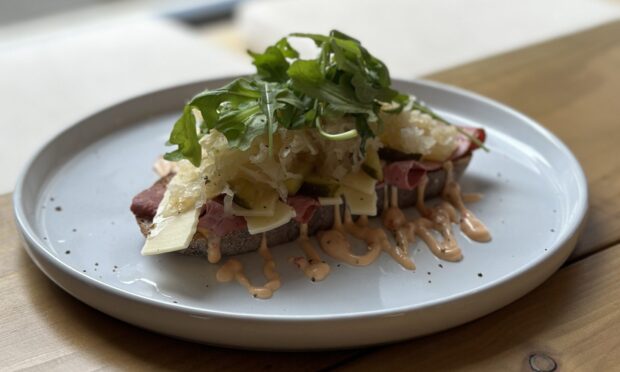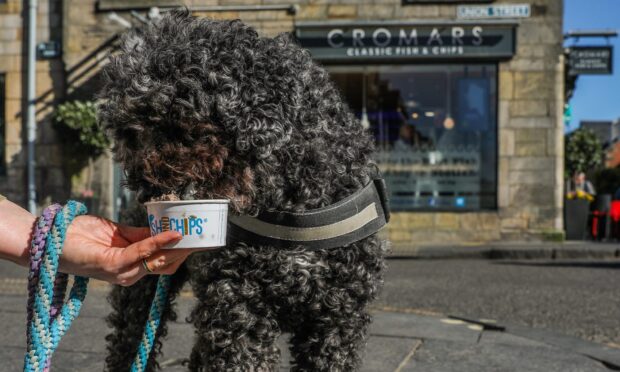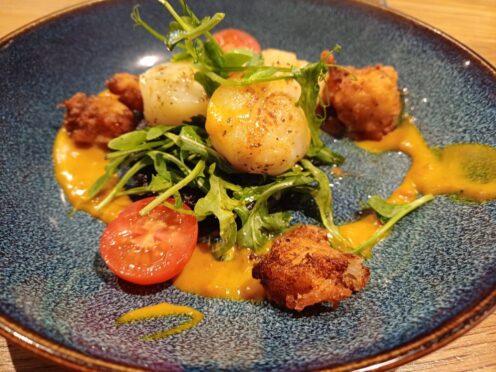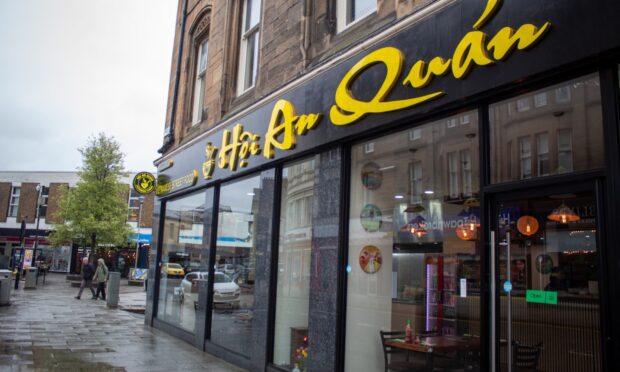It is informative and entertaining to scan the whisky shelves in continental supermarkets and off-licences. All the big names tend to be there – including brands rarely seen in the UK such as White Horse, William Lawson’s, Passport, 100 Pipers, J&B and Cutty Sark.
Also, there is no shortage of top malts – such as The Glenrothes, Cardhu, Macallan, Glenfiddich, Lagavulin and Bowmore – at prices ranging from just under UK prices to well above them.
However, swanning it among all these is a gaggle of brands rarely if ever seen this side of the North Sea, although they are big sellers in Europe and further afield. Most are bottled in France or are brands belonging to French firms – William Peel, Sir Edward’s, Sir Pitterson and Label 5 being the most predominant.
Irish whiskies such as Jameson’s and Tullamore Dew are well to the fore, although bourbons are rarer. The only bourbon I saw in one vast outlet was Quarter Horse, a three-year-old 40% straight Kentucky bourbon (that is, from a single distillery). The wide range of bourbons seen in the UK doesn’t seem to be matched across the Channel.
However, the whisky buyer will meet several strange beasts in the bargain basement – the totally forgettable Loch Castle for instance, the most un-Scotch of Scotch whiskies I have ever drunk. Or there’s ultra-cheap Westerly, whose label boldly proclaims itself “a blend of American, European and Indian whiskies”, yet I have to confess that it wasn’t at all bad – its flavour a mix of Bourbon, Irish and grain whiskies, but OK when drunk with a good mixer.
Another strange beast was Ballantine’s Brasil (correct) – Ballantine’s blend at 35% abv in which copious amounts of Brazilian lime peel have marinated for months. It looked intriguing, but not enough to buy it.
As in the UK, Europe seems to be awash with countless new brands of gin and vodka – with strange names and stranger colours – matched by many new and exotic brands of tonic, Fever Tree foremost among them, at eye-watering prices. At the current disastrous exchange rate, packs of four small bottles can cost as much as £6. Ironically, full bottles of some budget gins cost less than that.
It will be interesting to scan those continental supermarket shelves in, say, post-Brexit 2020. The Leave camp claim the UK will be able to stay in the single market but gain control of immigration, while the mood music from the EU is quite the contrary. Unless common sense prevails, there may be far fewer Scotch whiskies on display in 2020, some of their prices prohibitively high.
On that note, may I nonetheless wish readers a Happy New Year.
